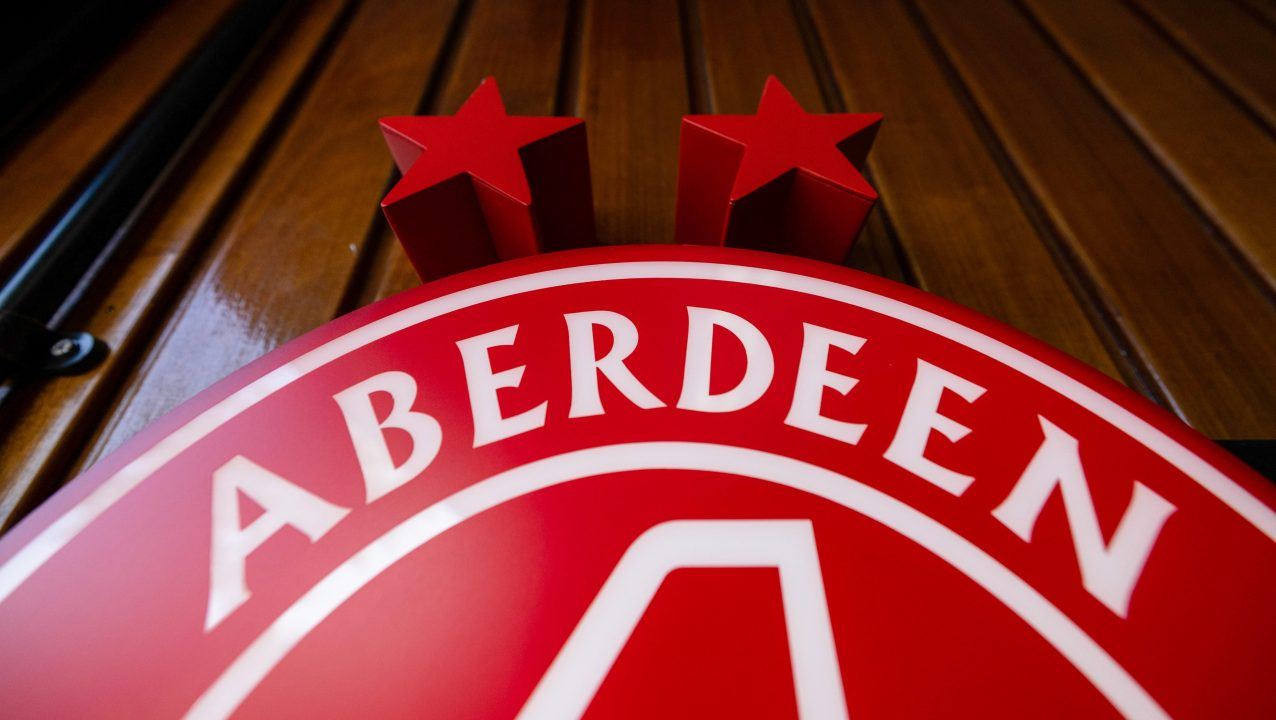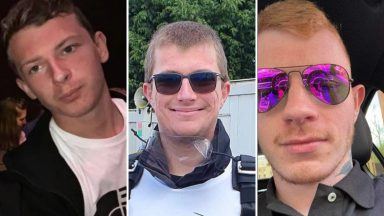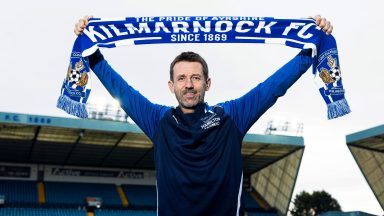Aberdeen and Elgin City have announced a new partnership for the movement of young players as part of the Scottish FA’s new ‘Cooperation System’.
Under the new system, which was launched by the governing body last month, players aged between 16 and 21, who are eligible for Scotland national teams, can join a lower-league club on loan but move back and forth between their parent club and the cooperation club to increase their game time.
The new scheme, which clubs approved earlier this year, is designed to tackle a key area of concern over a vital stage of player development and offer competitive game time at a crucial, traditional stage of young players’ careers.
Premiership clubs are able to strike formal agreements with clubs from each of the three other SPFL divisions, and the Dons say the Elgin deal is just the first as they look to maximise the scheme’s potential to give young players first-team football.
Three 17-year-old defenders will be moving to Elgin as part of the new partnership.
Dylan Ross and Jamie Mercer move under the new agreement and will be able to transfer back and forward as necessary, while Northern Irish centre-back Noah McDonnell joins the League 2 club on a standard loan deal.
Aberdeen director of football Steven Gunn said: “We were at Borough Briggs back in January to play a Scottish Cup fixture and not only were we thoroughly impressed by the facilities, but it was clear the team have a solid identity and a talented staff.
“From our early discussions it was apparent we are aligned in terms of our priorities for the development of our players, and importantly, Elgin City demonstrated a sound knowledge of the players and a real desire to support their ongoing development.
“This agreement with Elgin City is just the first, that covers League 2, and we hope to have others announced shortly.”
The move comes after Aberdeen revealed that they would not be entering a team into the Club Academy Scotland U19s programme, though they will participate at U17 level.
That decision came as part of a review of player development, with the club saying they needed to ensure a better return on investment from their multi-million pound youth football programme and academy.
Citing the difficulty in getting players ready for top-flight first team football, Aberdeen said they were targeting “an optimal pathway for young talent” and welcomed the flexibility of the new loan scheme and its potential for improving development.
On the same day, St Mirren announced their own first partnership, striking deals with League Two side Dumbarton and Lowland League club Clydebank.
Manager Stephen Robinson said: I firmly believe in the loan system to develop our young players and something that hindered that previously was not being able to bring them back at certain stages or leaving yourselves short in numbers.
“With the cooperation agreement, we are able to get them into men’s football and develop under other coaches. Hopefully, we can also help the coaches and the clubs they are going to. It will be a great benefit for both parties.
“All in all, I believe it’s a brilliant way to develop young players in Scotland and doesn’t compromise any young players coming back into the first-team.”
The Cooperation System in detail
 SNS Group
SNS GroupThe Scottish FA has published full details of the new rules, with Andy Gould and Chris Docherty answering key questions about how it works and how it can help player development.
Why has this Cooperation System been introduced?
Based on the research we have carried out into similar systems in other countries, the Cooperation System affords more opportunities for the best young talent to get playing time. It offers an alternative to clubs and players, who may otherwise be denied a loan opportunity, whilst also having limited playing opportunities at their parent club. For example, clubs competing in Europe may not able to send young players on loan due to Homegrown Matchday Quotas and clubs without a large budget may carry smaller squads and not send best young talents on loan in case of an injury crisis. The Cooperation System gives young players the option to receive critical playing experiences at an appropriate level within the pyramid.
How does this system work?
A club can place a maximum of three players on a ‘Cooperation List’ and these players can move freely between the parent club and the club who they are in a Cooperation Agreement with. So, for example, if the parent club has injuries in the player’s position, they can recall the player, provided they give the minimum prescribed amount of notice to the Cooperation club. The parent club pays the salary for the player and – unlike with loan deals – they maintain the player’s registration.
What other countries use a version of this system?
Club Cooperation systems already operate in a number of countries, such as Austria, Belgium, Croatia, Hungary and Serbia.
Which clubs can enter into these Cooperation Agreements?
A club in the SPFL Premiership or Championship is permitted to operate as the parent club, and sign Cooperation Agreements with clubs further down the pyramid (League One, League Two, Highland League and Lowland League). Championship clubs are also able to be both a parent club, to a club in a lower division, and a recipient club to a Premiership club. A club cannot sign a Cooperation Agreement with a club in the same league as their first team or B team.
Can a club enter more than one Cooperation Agreement?
The parent club may sign a Cooperation Agreement with a different club at each level of the pyramid, but a parent club cannot have two Cooperation clubs within the same division.
Which players are eligible to move under the Cooperation System?
Only players who are eligible to play for the Scotland National Team and who are under the age of 21 would be able to participate on a ‘Cooperation List’. For the upcoming 2025/2026 Season, a player designated as Under-21 would refer to a player born in the calendar year 2005 or younger. This is in line with the definition used by other nations around Europe.
How many players can move to one club at a certain time?
The parent club, which pays the full salary for players under this system, is able to list a maximum of three players who would appear on a ‘Cooperation List’ between the two clubs.
Does the Cooperation System replace the previous Loans System?
The Cooperation System does not replace the Loans system, meaning clubs can use either of, or a combination of, both systems. A maximum of five players can be shared between two clubs (including loans and ‘Cooperation List’ players). Clubs can have a maximum of three loan players from club to club – therefore the maximum split would be 2/3 or 3/2 in terms of loan / cooperation. Clubs are under no obligation to use all three slots if they sign a Cooperation Agreement.
When can players move between clubs under the Cooperation System?
Clubs are entitled to change the players on the Cooperation List – to remove a player who has been recalled or not participating and replace him with another young player who may benefit from the experience – but only during the summer and winter transfer windows, as well as the extended loan windows that follows the transfer windows. Players who are on the Cooperation List are able to move freely between both clubs throughout the season, although there is a minimum playing time for a player to remain on a cooperation list beyond the cut-off date of March 31. As a minimum, a player on a Cooperation List must have played at least 15 minutes in at least five matches for the Cooperation club before March 31 to be eligible to feature for the Cooperation club after that date. This would ensure that a club cannot receive extra assistance for key games late in the season with a player being made available just for those games.
Follow STV News on WhatsApp
Scan the QR code on your mobile device for all the latest news from around the country



 SNS Group
SNS Group

























